简体中文
繁體中文
English
Pусский
日本語
ภาษาไทย
Tiếng Việt
Bahasa Indonesia
Español
हिन्दी
Filippiiniläinen
Français
Deutsch
Português
Türkçe
한국어
العربية
Bought for $2.9 million, NFT of Jack Dorsey tweet finds few takers
Abstract:Crypto entrepreneur Sina Estavi made headlines in March 2021 when he paid $2.9 million for an NFT of Twitter boss Jack Dorseys first tweet. But his efforts to re-sell it have run aground, with a top bid of just $6,800 as of Thursday.
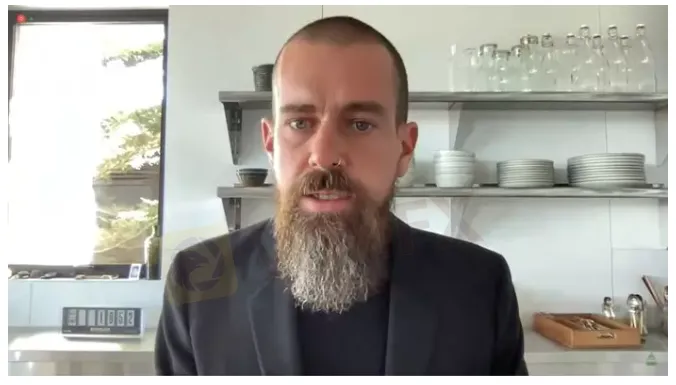
The initial purchase was at the time among the most expensive sales of a non-fungible token, or NFT, and came amid a flurry of interest in the niche crypto assets which have since generated billions of dollars in sales.
Estavi put the tweet up for resale on the popular NFT marketplace OpenSea last week, initially asking for $48 million.
That price tag was removed after offers in the first week were in the low hundreds of dollars. As of Thursday, the highest bid was 2.2 of the cryptocurrency ether – equivalent to around $6,800.
“My offer to sell was high and not everyone could afford it,” Estavi, who was recently freed from jail in Iran, told Reuters via Twitter direct message, adding that he was no longer sure if he would sell the NFT.
“Its important to me who wants to buy it, I will not sell this NFT to anyone because I do not think everyone deserves this NFT,” Estavi said.
NFTs are a form of crypto asset which can record the ownership of a digital file such as an image, video or text.
There is no guarantee of an NFTs value and the market is rife with scams, fraud, counterfeits and market manipulation.
But Estavi was confident in the value of his purchase.
“This NFT is not just a tweet, this is the Mona Lisa of the digital world,” he said.
“VICTIM OF CRYPTO”
Estavi, who lives in Malaysia, said he had been arrested last May during a trip to Iran and held in solitary confinement until he was freed in February. Iranian state media reported in May 2021 that he was accused of “disrupting the countrys economic system”.
Estavi said he had been arrested because of the growth of his crypto exchange, Bridge Oracle, and described himself as a “victim of crypto”.
Reuters was unable to independently verify these details.
“I need the support of the cryptocurrency community,” Estavi told Reuters.
While announcing the NFT sale in a tweet on April 6, he pledged to give 50% of the proceeds – which he expected to be at least $25 million – to charity.
He said the rest would go to support Bridge Oracle.

Disclaimer:
The views in this article only represent the author's personal views, and do not constitute investment advice on this platform. This platform does not guarantee the accuracy, completeness and timeliness of the information in the article, and will not be liable for any loss caused by the use of or reliance on the information in the article.
Read more
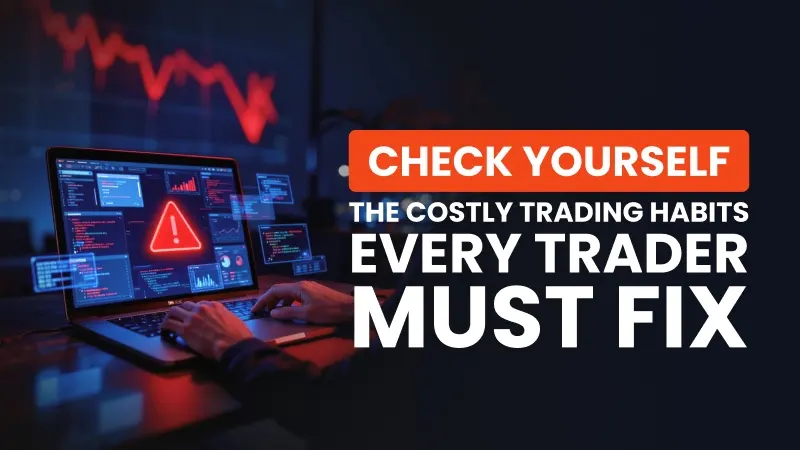
Check Yourself: The Costly Trading Habits Every Trader Must Fix
Are the trading habits you barely notice the very ones quietly destroying your profits, and could a single overlooked mistake be costing you far more than you realise?
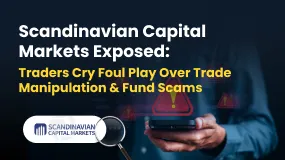
Scandinavian Capital Markets Exposed: Traders Cry Foul Play Over Trade Manipulation & Fund Scams
Does Scandinavian Capital Markets stipulate heavy margin requirements to keep you out of positions? Have you been deceived by their price manipulation tactic? Have you lost all your investments as the broker did not have risk management in place? Were you persuaded to bet on too risky and scam-ridden instruments by the broker officials? These are some burning issues traders face here. In this Scandinavian Capital Markets review guide, we have discussed these issues. Read on to explore them.
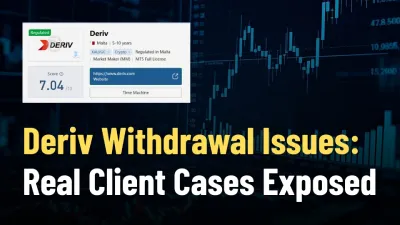
Deriv Withdrawal Issues: Real Client Cases Exposed
Deriv exposed via client cases of withdrawal issues, 13‑month refund delays, severe slippage, and disabled accounts despite multiple “regulated” licenses.
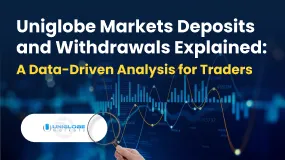
Uniglobe Markets Deposits and Withdrawals Explained: A Data-Driven Analysis for Traders
For any experienced trader, the integrity of a broker isn't just measured in pips and spreads; it's fundamentally defined by the reliability and transparency of its financial operations. The ability to deposit and, more importantly, withdraw capital seamlessly is the bedrock of trust between a trader and their brokerage. When this process is fraught with delays, ambiguity, or outright failure, it undermines the entire trading relationship. This in-depth analysis focuses on Uniglobe Markets, a broker that has been operational for 5-10 years and presents itself as a world-class trading partner. We will move beyond the marketing claims to scrutinize the realities of its funding mechanisms. By examining available data on Uniglobe Markets deposits and withdrawals, we aim to provide a clear, evidence-based picture for traders evaluating this broker for long-term engagement. Our investigation will be anchored primarily in verified records and user exposure reports to explain the Uniglobe Mar
WikiFX Broker
Latest News
GCash Rolls Out Virtual US Account to Cut Forex Fees for Filipinos
The 350 Per Cent Promise That Cost Her RM604,000
INZO Commission Fees and Spreads Breakdown: A 2025 Data-Driven Analysis for Traders
Garanti BBVA Securities Exposed: Traders Report Unfair Charges & Poor Customer Service
"Just 9 More Lots": Inside the Endless Withdrawal Loop at Grand Capital
Private payroll losses accelerated in the past four weeks, ADP reports
Core wholesale prices rose less than expected in September; retail sales gain
Consumer confidence hits lowest point since April as job worries grow
CFTC Polymarket Approval Signals U.S. Relaunch 2025
MH Markets Commission Fees and Spreads Analysis: A Data-Driven Breakdown for Traders
Currency Calculator



